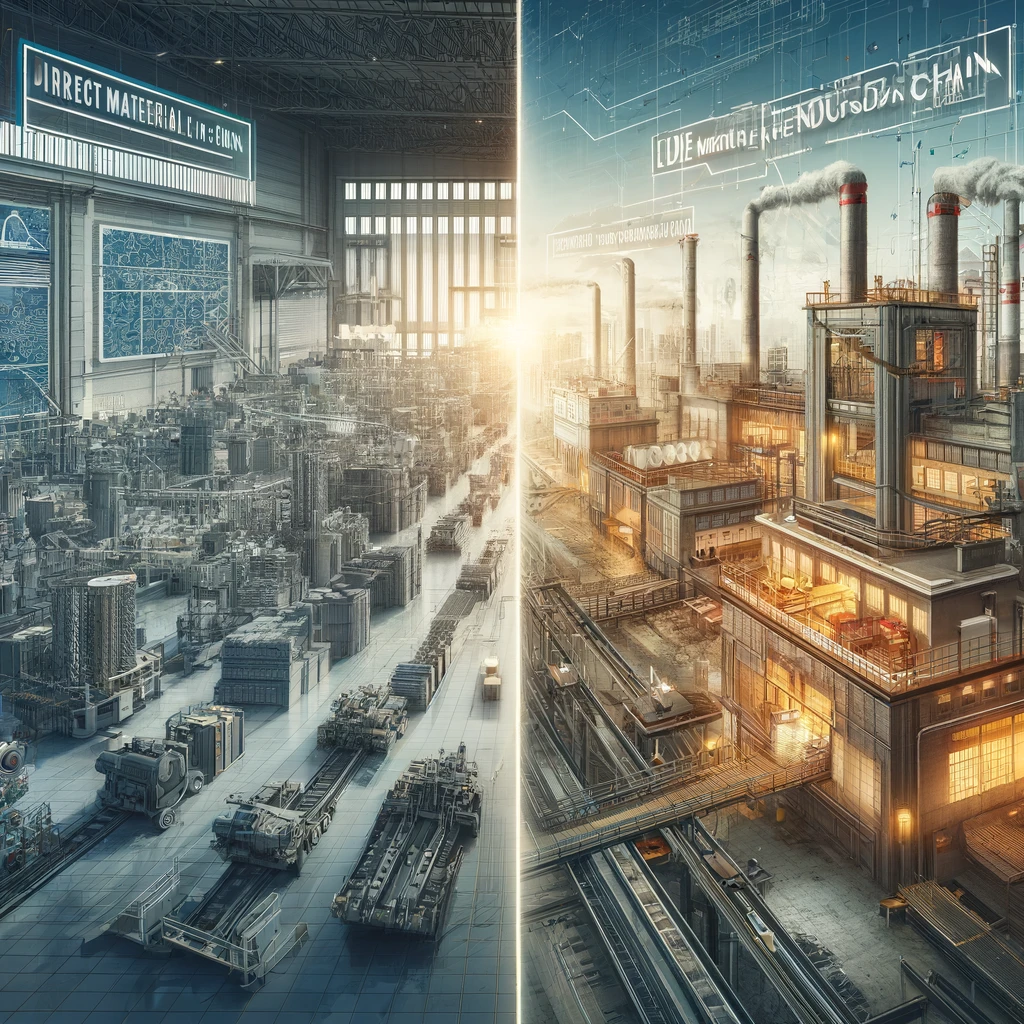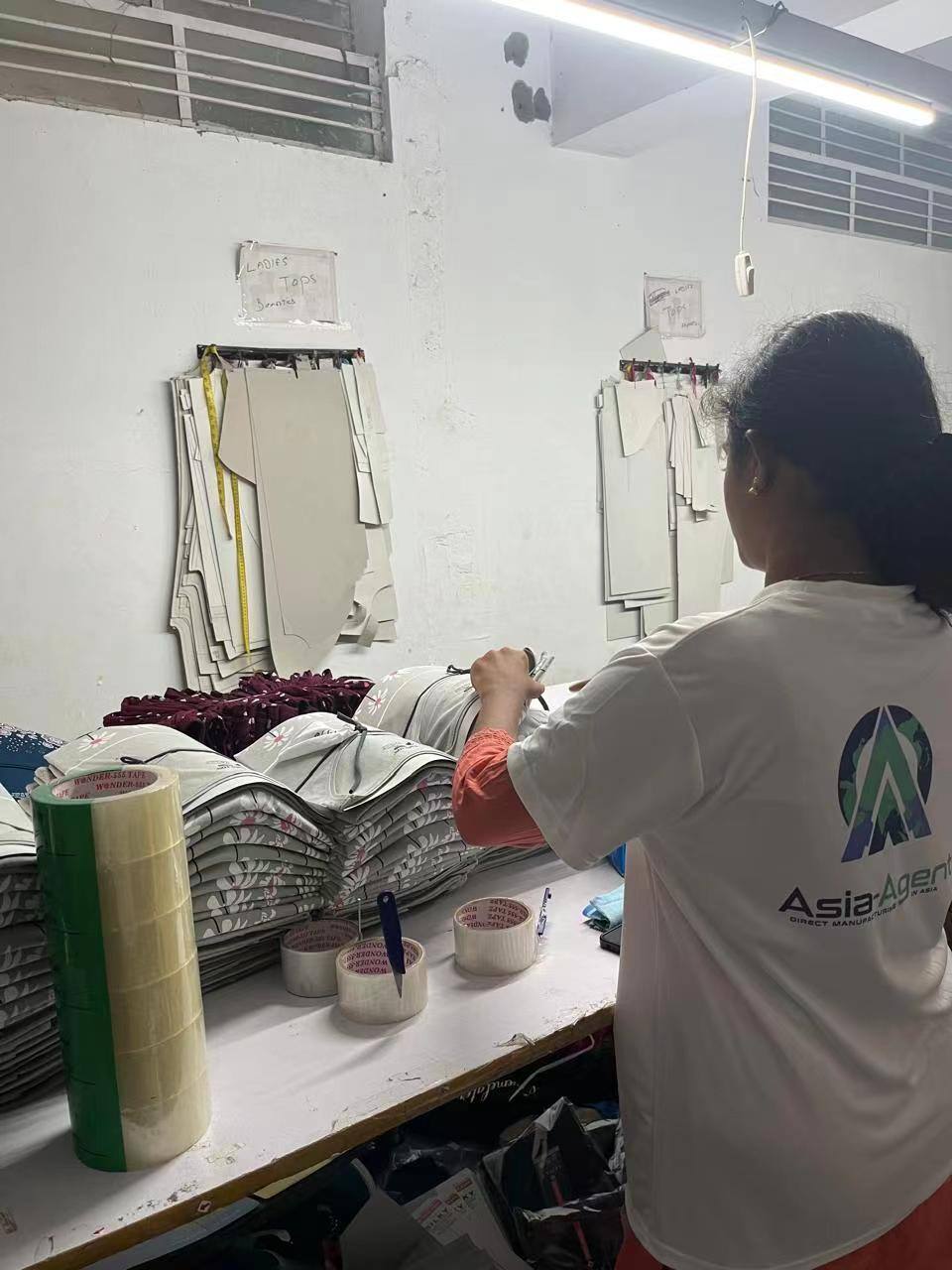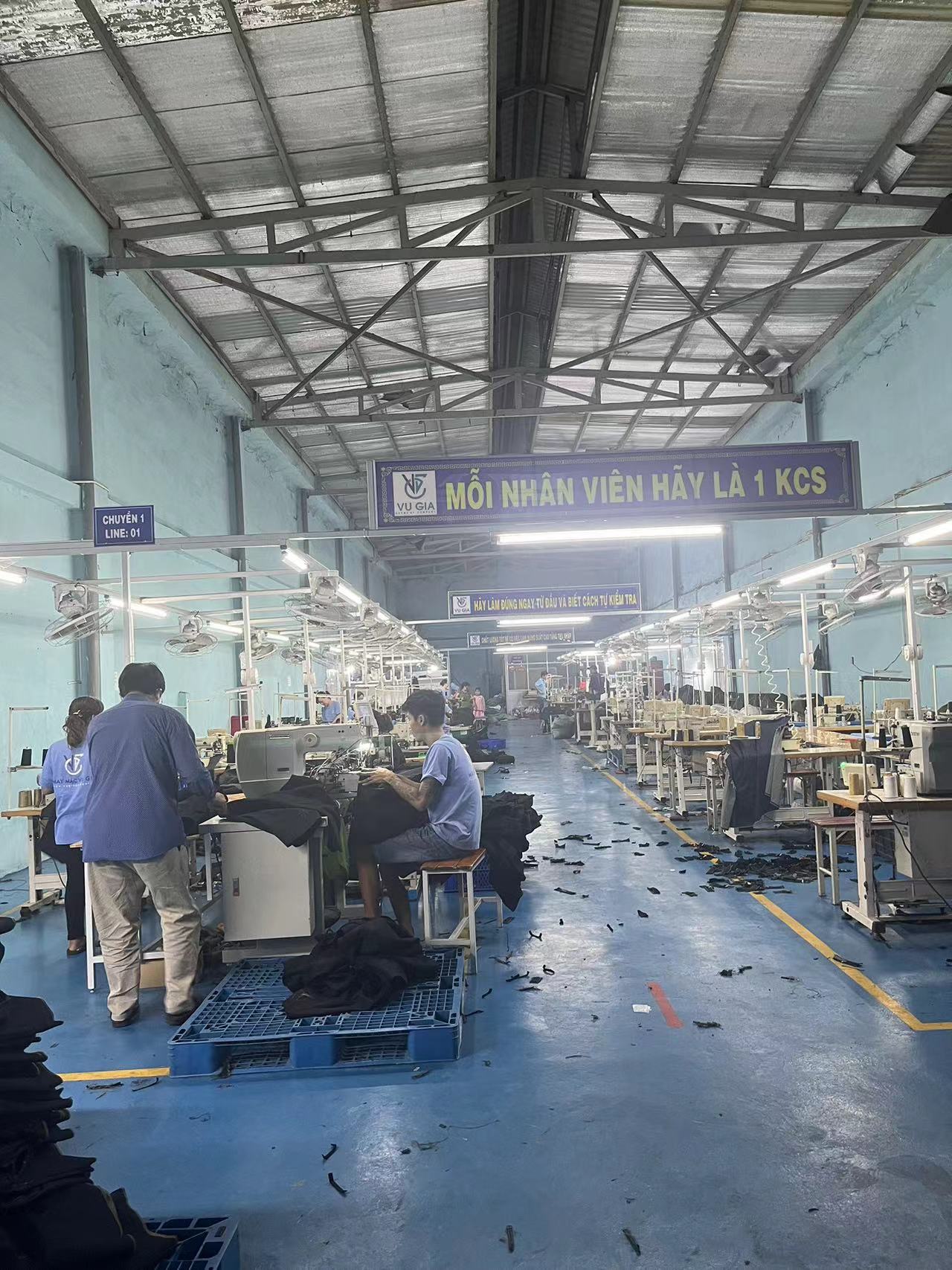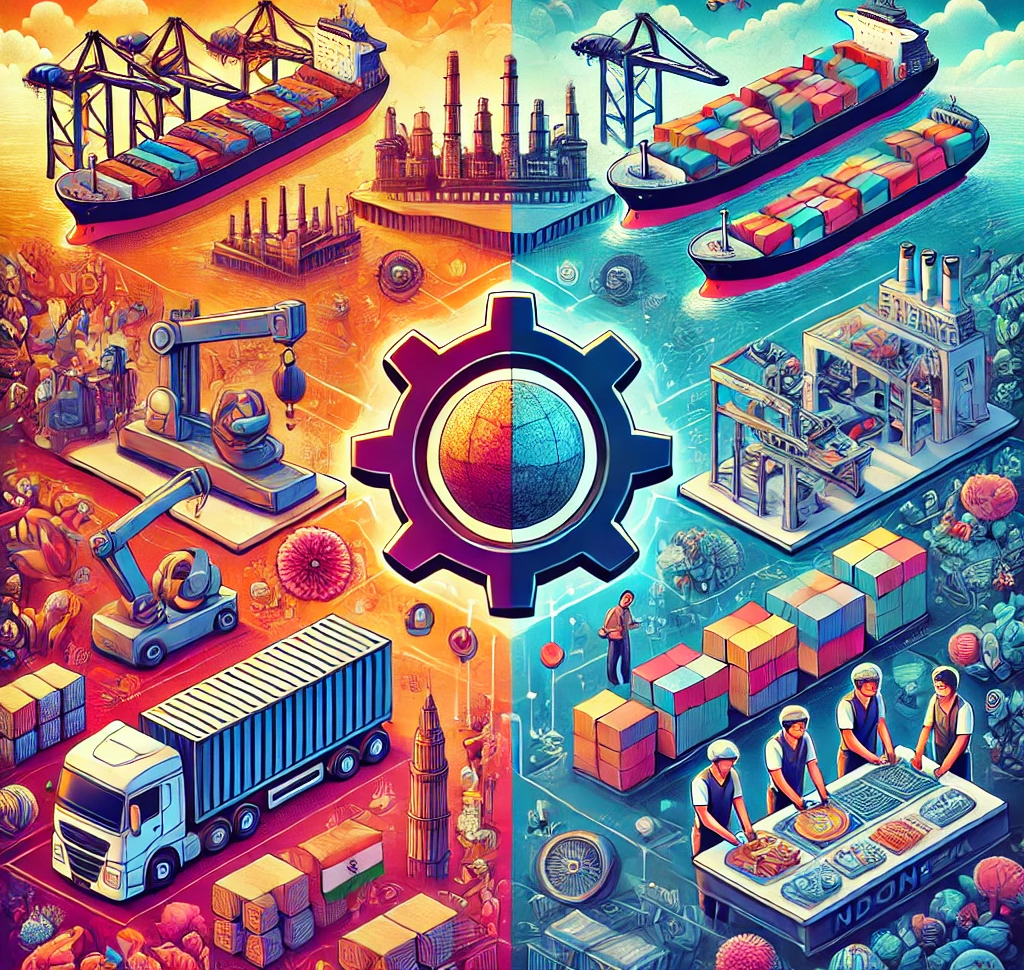Introduction: The Shift in Manufacturing Landscape
The global manufacturing landscape is undergoing significant changes, driven by factors such as rising costs in China, geopolitical tensions, and the pursuit of diversified supply chains. Southeast Asia has emerged as a viable alternative, offering competitive advantages that can greatly benefit international brands. In this post, we’ll delve into a detailed cost comparison between manufacturing in China and Southeast Asia, highlighting key considerations and the strategic value of partnering with Asia Agent Pte Ltd.
China's Economic Evolution: Impact on Manufacturing Costs
One of the most significant shifts in recent years is China's transition from a developing economy to a more advanced one. This evolution has profound implications for manufacturing costs. Business owners, factories, suppliers, trading companies, lawyers, and designers in China now seek higher earnings, driving up expenses across the board.
Factories in China face increased costs due to higher wages, more expensive raw materials, and greater operational expenses. Additionally, factory owners are no longer content with small profit margins; they now demand larger profits to align with the country's elevated cost of living and business environment.
Local Market Dynamics: Shaping Export Costs
China's robust local economy also plays a crucial role in shaping export costs. With a high domestic demand for various goods, factories do not have to rely solely on exports to sustain their businesses. This vibrant local market simplifies operations for factories, as they can avoid the complexities of language barriers, export documentation, and international regulations.
Furthermore, the willingness of the local market to pay premium prices influences export pricing. If the domestic market is prepared to pay a certain price, factories will naturally seek even higher prices for export markets.
Labor Costs: A Major Differentiator
In contrast, Southeast Asian countries like Vietnam, Indonesia, and Bangladesh offer significantly lower labor costs. This can result in substantial savings, especially for labor-intensive industries such as textiles and electronics assembly.
Example: In Vietnam, the average monthly wage for a factory worker is approximately $250, compared to $650 in China. This disparity translates to a 60% reduction in labor costs, which can have a profound impact on overall production expenses.
Material Costs and Supply Chain Complexities
A significant challenge when moving manufacturing from China to Southeast Asia is the cost and availability of materials, components, and machinery. In China, factories often buy materials directly from producers, keeping costs lower. However, in countries like Vietnam, factories may need to purchase materials through multiple intermediaries, inflating the costs significantly.
Example: Materials that cost $1 in China might end up costing $3 or more in Vietnam by the time they reach the factory due to the layers of suppliers and importers involved.
This increased cost can negate the savings from lower labor expenses, making it crucial to manage the supply chain effectively. Additionally, the availability of materials can be limited, and local suppliers may lag behind on industry trends.
Operational Costs: Utilities and Overheads
Operational costs, including utilities and overheads, can vary significantly between China and Southeast Asia. Electricity, water, and other utilities are generally cheaper in Southeast Asia. Additionally, overhead costs such as rent and administrative expenses tend to be lower, particularly in emerging markets where the cost of living is less than in China’s major industrial hubs.
Example: Industrial electricity rates in Vietnam are about 30% lower than in China, which can lead to substantial savings for energy-intensive manufacturing processes.
Infrastructure and Logistics
China’s infrastructure is highly developed, with efficient transportation networks, ports, and logistics services. Southeast Asia is improving its infrastructure, but there can be variability in efficiency and reliability across different countries. However, many Southeast Asian countries are investing heavily in infrastructure projects to enhance their competitiveness.
Example: Thailand’s Eastern Economic Corridor (EEC) is a significant infrastructure project aimed at developing advanced manufacturing hubs with improved logistics and connectivity, making it an attractive option for manufacturers.
Government Policies and Incentives
Governments in Southeast Asia are actively courting foreign investment by offering various incentives, such as tax breaks, subsidies, and simplified regulatory processes. These incentives can make a substantial difference in the overall cost of setting up and running manufacturing operations.
Example: The Vietnamese government offers tax exemptions and reductions for high-tech industries and supports initiatives for sustainable and eco-friendly manufacturing practices.
Strategic Solution: Direct Sourcing with Asia Agent Pte Ltd
To mitigate the challenges of increased material costs and supply chain complexities, Asia Agent Pte Ltd offers a strategic solution: direct sourcing and supply chain management. With our expertise in BOM (Bill of Materials) and supply chain mapping, we can source materials directly from producers and supply them to the local factories.
This approach offers multiple benefits:
- Cost Reduction: By eliminating intermediaries, we keep material costs down, making manufacturing more affordable.
- Quality Assurance: Direct sourcing ensures that materials meet your quality standards, reducing the risk of inconsistencies.
- Minimized Risk: Lower deposits and better payment terms reduce financial risk for factories.
- Efficiency: Streamlined supply chains enhance production efficiency, ensuring timely delivery and reducing lead times.
Conclusion: Making an Informed Decision
Deciding to move your manufacturing operations from China to Southeast Asia involves weighing various cost factors and strategic considerations. While Southeast Asia offers significant cost advantages, it’s essential to approach the transition with a comprehensive understanding of the local landscape. Partnering with Asia Agent Pte Ltd ensures that you have the local expertise, reliable supply chain networks, and quality assurance mechanisms in place to make your move successful and cost-effective.




